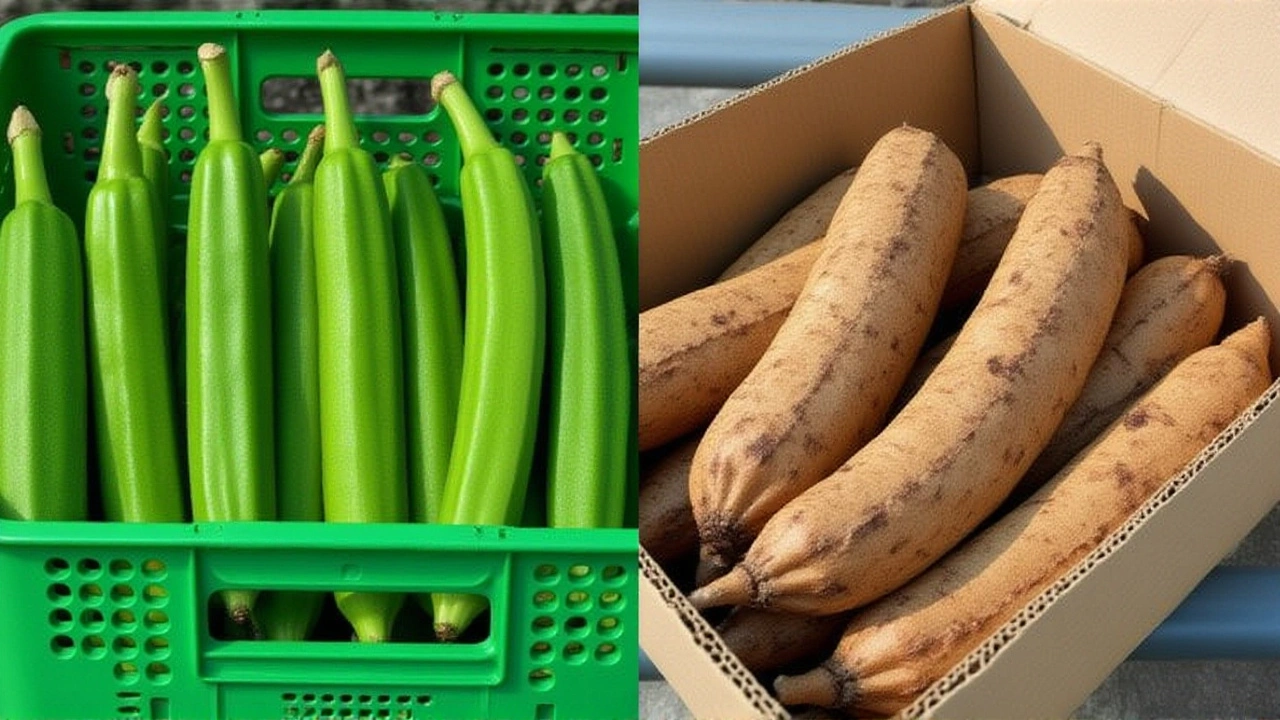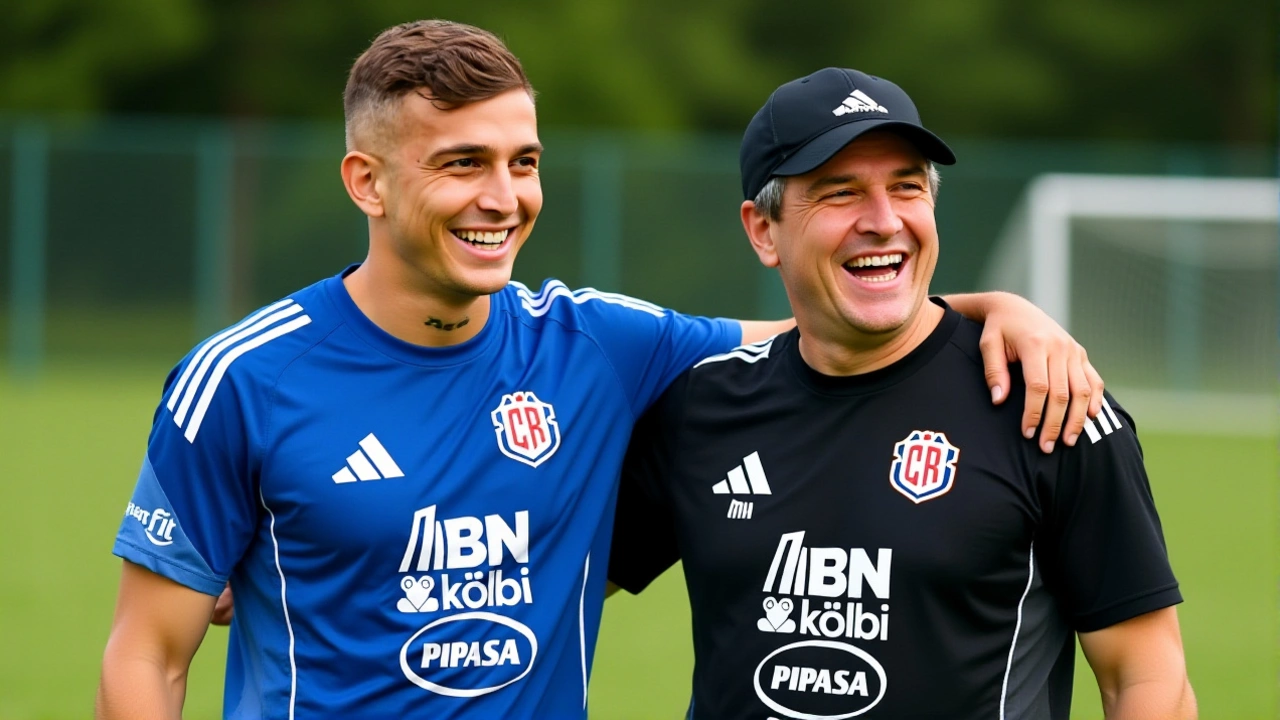Panama Qualifies for 2026 World Cup as Costa Rica and Honduras Eliminated in Dramatic CONCACAF Finish

On November 21, 2025, Panama punched its ticket to the 2026 FIFA World CupCanada, Mexico, and the United States while Costa Rica and Honduras watched their dreams vanish — all decided by a single, soul-crushing 0-0 draw in San José. The final match of CONCACAF’s third-round qualifiers, dubbed the Clásico Centroamericano, ended without a goal, but with a seismic shift in regional football power. Honduras entered the day leading the group on goal difference, +3. Panama had fewer goals scored, but more wins — and that’s what mattered. In the end, it wasn’t about what happened on the pitch that night. It was about what happened over the last three months.
How Panama Won Without Scoring on Final Day
Panama didn’t need to win against Suriname on the final day. They just needed to not lose. And they didn’t. A 1-1 draw, sealed by a 90+6’ goal from Díaz after Suriname’s Margaret opened the scoring in the 21st minute, was enough. That result, combined with Costa Rica and Honduras’ stalemate, lifted Panama to 13 points — two clear of both rivals. Honduras, despite entering the day with a better goal difference, finished with 11. Costa Rica, after a rocky campaign that included losses to Panama and El Salvador, ended on 10. The tiebreaker rules were clear: points first. Then goal difference. Then goals scored. Panama had the most wins. Period. They beat El Salvador 1-0 in front of 22,805 fans in Panama City, then crushed them 3-0 in San Salvador with 21,255 in attendance. Those weren’t flukes. Those were statements.
The Heartbreak in San José
The match between Costa Rica and Honduras was supposed to be a spectacle. It was a clash of titans — two nations that had combined for six World Cup appearances since 2010. But what unfolded was a tense, cautious, almost surreal 90 minutes. Keylor Navas, 38, made save after save — including a reflex stop on a rebound after Marlon Ramirez’s curling shot was deflected. "What a save, Ka Navas. He pounces on the rebound," the ESPN commentary noted. Meanwhile, Honduras’ attackers were shut down by Costa Rica’s disciplined backline. No goals. No drama. Just silence. When the final whistle blew, the stadium didn’t erupt. It exhaled. "It’s over," said the commentator. "And the dream is over for both of these nations."
For Costa Rica, it was the first time since 2006 they failed to qualify. For Honduras, it was their first absence since 2006 as well. The last time both were out? 1998. This wasn’t just a missed opportunity — it was a generational shift.
The Rise of Panama and the Fall of the Traditional Powers
Panama’s qualification marks the first time since 2006 that neither Costa Rica nor Honduras will be at a World Cup. That’s not just a statistical anomaly — it’s cultural. For decades, Central American football meant Costa Rica’s tactical brilliance and Honduras’ relentless grit. Panama? They were the afterthought. The team that almost made it. Until now.
What changed? Consistency. Discipline. Leadership. Coach Ernesto "Chepo" de la Torre — yes, the same man who led Mexico to the 2011 Gold Cup — rebuilt Panama’s defense into one of the region’s toughest. They kept six clean sheets in 10 games. They won when they had to. They didn’t collapse under pressure. And they capitalized on the mistakes of others. While Costa Rica lost to El Salvador and drew with Suriname, and Honduras floundered against Jamaica and Guatemala, Panama quietly stacked points. No flashy names. No superstars. Just a team that knew how to win.

What This Means for CONCACAF’s Future
The 2026 World Cup will feature six CONCACAF spots: three direct, two playoff berths, and one automatic for the host nations (Canada, Mexico, USA). Panama secured one of the three direct spots. The other two will come from the runners-up: Jamaica (8 points), Guatemala (7), and El Salvador (6) are now in a scramble for the two playoff slots. Jamaica, ranked 63rd in April’s FIFA rankings, is now the region’s surprise contender.
This outcome exposes a growing gap between the traditional Central American powers and the emerging teams. Suriname, once considered a minnow, nearly qualified. Guatemala, long overshadowed, beat Honduras 2-1 earlier in the cycle. The old hierarchy is cracking. Panama didn’t just win — they rewrote the script.
What’s Next?
Panama will now prepare for their fourth World Cup appearance — their first since 2018. They’ll face teams like Brazil, Portugal, or South Korea in the group stage. The real question: Can they go beyond the group stage this time? Their 2018 campaign ended in a 1-0 loss to Belgium. This time, they have more experience, more cohesion, and more belief.
For Costa Rica and Honduras, the road back starts now. Both federations will face intense scrutiny. Fans are angry. Media is relentless. The youth academies will be restructured. Coaches will be replaced. The next generation — players like 17-year-old Costa Rican midfielder Kevin Álvarez and Honduras’ 18-year-old striker Yerson Mosquera — will be the ones to rebuild. But rebuilding takes time. And in football, time is the one thing you can’t buy.

Historical Context: A Region in Transition
Costa Rica’s last three World Cup appearances — 2014, 2018, 2022 — were defined by dramatic runs. In 2014, they reached the quarterfinals, beating Italy and Uruguay. Honduras, in 2010, made it to the group stage with a gritty 1-0 win over Spain. But those eras are over. The players who carried those teams — Joel Campbell, Celso Borges, Wilson Palacios, Maynor Figueroa — are retired. The new crop hasn’t stepped up. Meanwhile, Panama’s generation of Alfredo Stephens, Ismael Díaz, and Román Torres — now in their late 20s — are peaking just as their rivals are fading.
The 2026 World Cup won’t just be the first time in nearly 20 years that neither Costa Rica nor Honduras qualifies. It might be the last time they’re considered the region’s standard-bearers.
Frequently Asked Questions
How did Panama qualify despite Honduras having a better goal difference?
CONCACAF’s qualification rules prioritize total points over goal difference. Panama finished with 13 points from four wins, two draws, and four losses. Honduras had 11 points despite a +3 goal difference. Even though Honduras had scored more goals than Panama, they didn’t win enough games. Panama’s victories against El Salvador and their clean sheets gave them the edge under the tiebreaker hierarchy.
Why is this the first time since 2006 that neither Costa Rica nor Honduras made the World Cup?
Since 2006, both nations had consistently qualified thanks to strong national teams, experienced coaching, and a deep talent pool. But in recent cycles, their youth development lagged. Panama, meanwhile, invested in structured academies and hired foreign coaches who implemented modern systems. The result? A team that plays with tactical discipline, while Costa Rica and Honduras struggled with inconsistency and leadership gaps.
Who are the other teams still in contention for the final World Cup spots in CONCACAF?
Jamaica (8 points) and Guatemala (7 points) are now the top two runners-up, battling for the two inter-confederation playoff spots. El Salvador (6 points) and Curaçao (5 points) are still mathematically alive but unlikely to advance. Jamaica’s late surge — including a 2-1 win over Honduras — has redefined their status as a regional force, while Guatemala’s win over Suriname on the final day kept their hopes alive.
What does this mean for Panama’s chances in the 2026 World Cup?
Panama enters the tournament as a confident underdog. They’ve shown they can compete with top-tier teams, having held Mexico to a draw in the 2023 Gold Cup and beaten Jamaica in the qualifiers. Their defense is organized, their midfield is disciplined, and their captain, Ismael Díaz, has 75 caps. If they avoid a group with Brazil or Portugal, they could advance — something they’ve never done before.
Will Costa Rica and Honduras bounce back for 2030?
It’s possible, but not guaranteed. Both federations are already reviewing their coaching staffs and youth programs. Costa Rica’s U-20 team showed flashes of promise in the 2025 CONCACAF Championship, while Honduras’ U-17 squad won its group in the 2024 qualifiers. But talent alone isn’t enough. They need stability — consistent coaching, better infrastructure, and a long-term vision. Without those, 2030 could be another missed opportunity.
How did the CONCACAF qualification format change from previous cycles?
For 2026, CONCACAF expanded from 8 to 12 teams in the final round, divided into three groups of four. Only group winners earned direct qualification — no more top-two advancement. This made every match a must-win, especially for teams like Honduras that relied on goal difference. The change was designed to increase competitiveness, and it worked: for the first time, a group winner (Panama) didn’t have the highest goal difference, proving that wins matter more than margins.